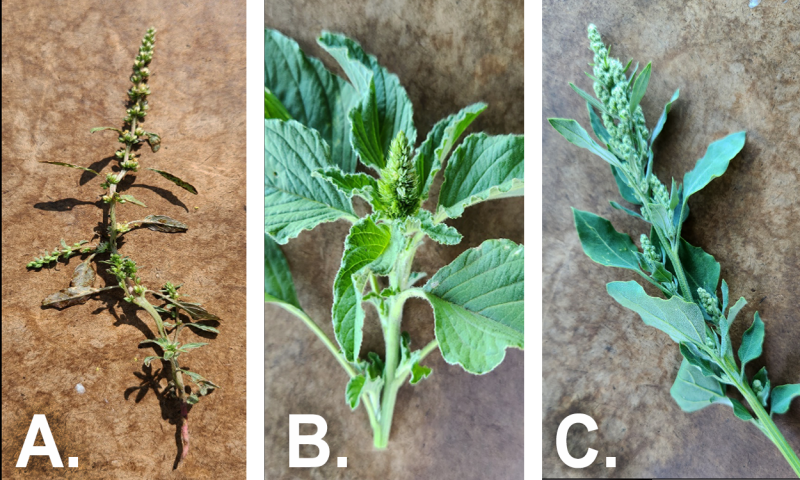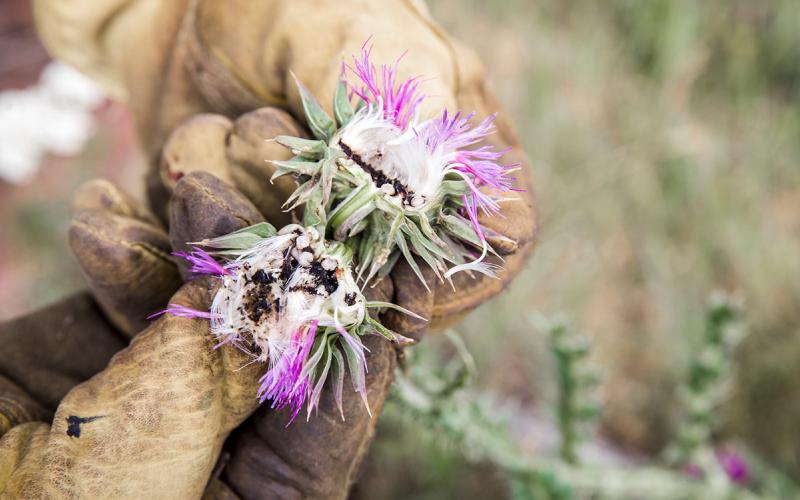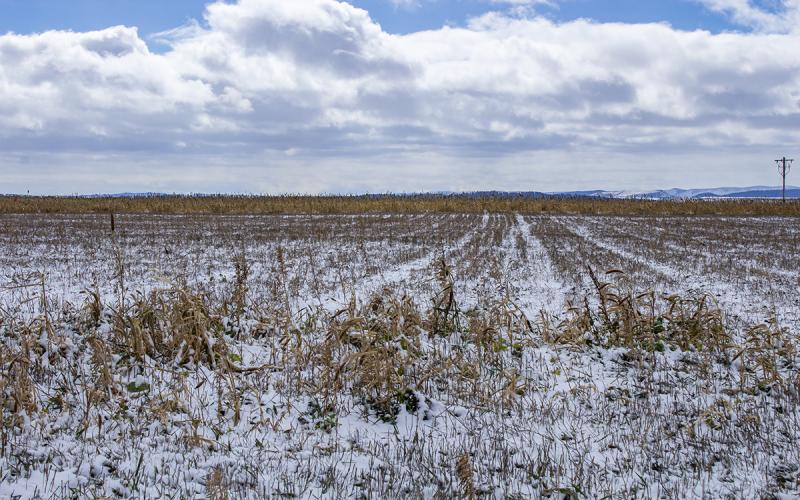
Recently, examples of early-flowering waterhemp , redroot pigweed, and common lambsquarters have been identified in crop fields (Figure 1). While these examples are not the norm, they do exemplify why there is an urge to control small weeds aside from direct crop yield loss due to competition.
Previous research has shown that weeds can produce viable seeds within a week of pollination (Bell and Tranel 2010). While these small weeds will likely not produce as many seeds as a large weed, management of weeds should focus on reducing the number of seeds that return to the soil. This focus becomes even more important when dealing with weeds that are herbicide resistant.
Reducing the number of seeds returning to the soil seedbank will result in less weeds to control in subsequent growing seasons. Be sure to apply your postemergence herbicide in a timely manner to minimize the number of weed escapes and the number of seeds returning to the soil!
Reference:
Bell, M. S. and P. J. Tranel. 2010. Time requirement from pollination to seed maturity in waterhemp (Amaranthus tuberculatus). Weed Sci. 58:167–173.


